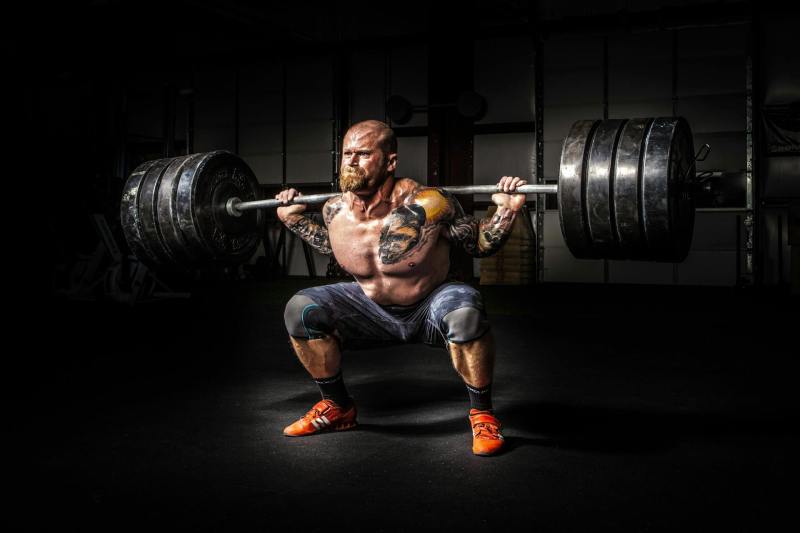If you spend all the time on your upper body and focus on getting those gains for your guns, you could risk the chicken leg situation — where those glutes and quads are significantly weaker and smaller proportionally to your upper body. There’s a good reason you hear so many powerlifters and gym buffs reminding you that you shouldn’t skip leg day.
Here at The Manual, we like to keep up with much of the latest research on optimizing men’s fitness and wellness. Of course, if you’ve made it to the gym or managed to get under the bar or pick up those dumbbells in the first place, you’re well on your way to fitness success, so you should proudly feel that sense of accomplishment. In a new study, researchers explored how adjusting weights and reps impacts muscle growth in the glutes and quads. Let’s check out the research on sculpting larger and more powerful thighs and the derriere.
The study

In a study published in the Scandinavian Journal of Medicine and Science in Sports, researchers looked at how increasing the intensity of the classic exercise, the squat, affected muscle forces. How does adjusting the load affect how the muscles are working? Does adding more weights or doing a higher number of reps shift the muscle emphasis more to the quads or the glutes?
The study involved 29 elite powerlifters from the Austrian team who completed squats at 70%, 75%, 80%, 85%, and 90% of their one-rep max. The study authors looked at force and movement data while the powerlifters were completing the squats at different intensities.
The study outcome

The researchers revealed that:
- Increasing the intensity of the squats resulted in higher muscle forces, especially in the gluteus maximus.
- With heavy squats, the glutes had nearly double the force production compared to the quads. The hamstrings and quads had lower muscle force production.
They noted that heavier squats better activate the glute muscles, and lighter weights with higher reps might be more effective for torching those quads.
Concluding thoughts

This study was conducted on Austrian powerlifters, so these results might not be the same for everyone in the general population. This study shows that adjusting the load during those barbell squats can better activate those glutes, which could enhance glute growth and strength more over time.
If we have goals of zoning in more on specific muscles, when we delve into the nitty-gritty, it seems that heavier squats can be superior for lighting up those glutes, whereas lighter loads with higher reps could be more effective for better emphasizing the quads.




